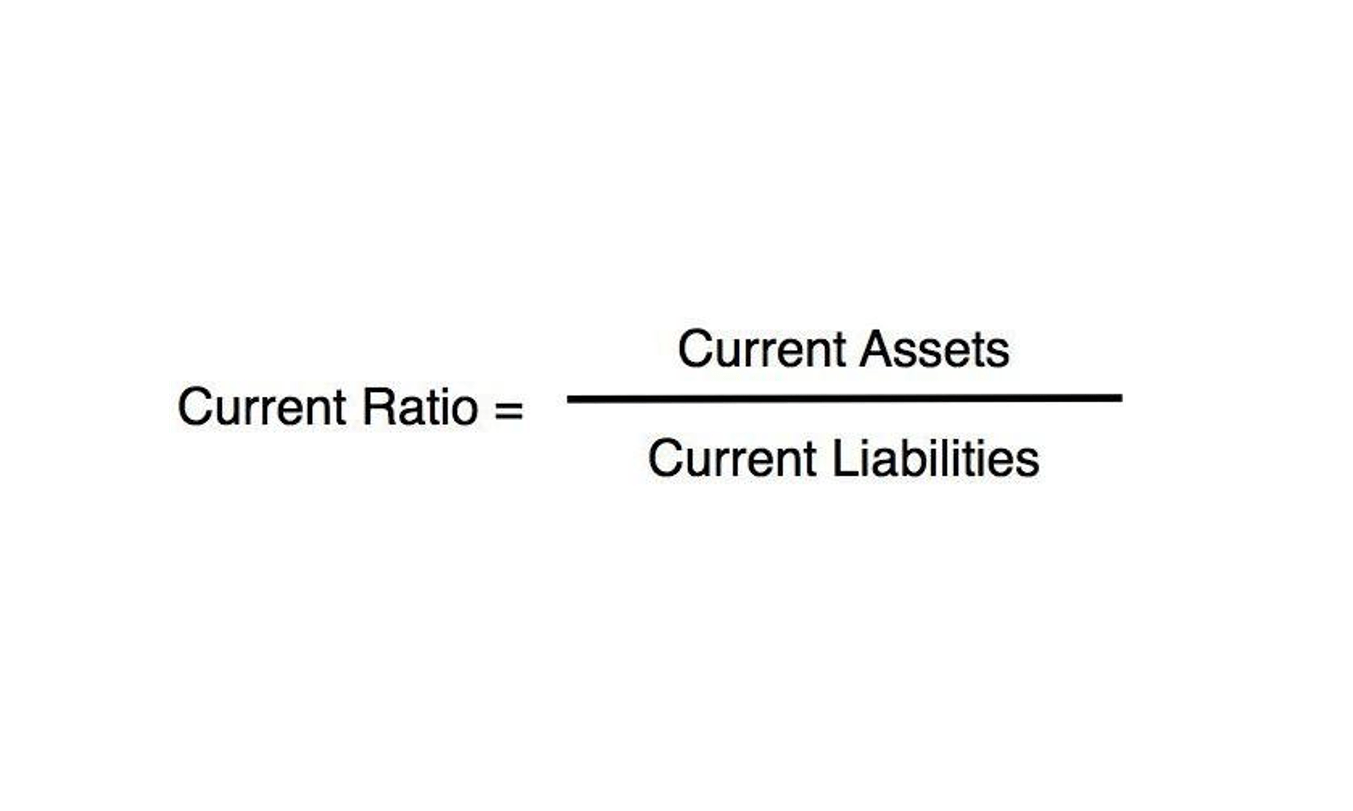How To Calculate The Change In Working Capital From A Balance Sheet

However, income tax departments insist that tax should be paid during the previous year itself on the estimated income to be earned on the principle of pay as you earn. To reiterate, a positive NWC value is perceived favorably, whereas a negative NWC presents a potential risk of near-term insolvency. Furthermore, Peth Test Calculator investors can use the change in net working capital to compare companies within the same industry. By comparing the net working capital of two companies, investors can gain insight into which company is managing its working capital more efficiently. Some seasonal businesses have different working capital behavior at certain periods.
Treasury & Risk
In contrast, a company with a negative change in NWC is considered to have higher liquidity risk and may face difficulties in meeting its short-term obligations. Understanding the factors driving changes in working capital is essential for evaluating a company’s financial health and operational efficiency. From shifts in market demand to variations in supplier terms, various internal and external factors can influence working capital dynamics. Working capital is also important if you are trying to woo an investor or get approved for a small business loan. Lenders and investors will often look at both working capital and changes in working capital to assess a company’s financial health.

Example: Application of Funds
For instance, if NWC is negative due to the efficient collection of receivables from customers who paid on credit, quick inventory turnover, or the delay in supplier/vendor payments, that could be a positive sign. Even though the payment obligation is mandatory, the cash remains in the company’s possession for the time being, which increases its liquidity. As for accounts payables (A/P), delayed payments to suppliers and vendors likely caused the increase. Imagine that in addition to buying too much inventory, the retailer is lenient with payment terms to its own customers (perhaps to stand out from the competition). This extends the time cash is tied up and adds a layer of uncertainty and risk around collection.
Identify Current Assets and Liabilities For Two Periods
The working capital ratio is a method of analyzing the financial state of a company by measuring its current assets as a proportion of its current liabilities rather than as an integer. Working capital is a core component of effective financial management, which is directly tied to a company’s operational efficiency and long-term viability. Given a positive working capital balance, the underlying company is implied to have enough current assets to offset the burden of meeting short-term liabilities coming due within twelve months. The working capital metric is relied upon by practitioners to serve as a critical indicator of liquidity risk and operational efficiency of a particular business. This demonstrates that a business is in good financial standing, and has the capacity to ledger account cover short-term liabilities using its current assets. NWC fluctuations can show you if your short-term business assets are increasing or decreasing in relation to your short-term liabilities.
Calculation Formula

Items affecting working capital include any changes in current assets and current liabilities. Current assets include cash (and cash equivalents), marketable securities, inventory, accounts receivable, and prepaid expenses. Current liabilities include accounts payable, short-term debt (and the current portion of long-term debt), dividends payable, current deferred revenue liability, and income tax owed within the next year. Calculating the change in net working capital is a Accounting For Architects crucial skill for any business owner or investor.
- Finally, you subtract any other financial obligations considered liabilities, such as employee wages, interest payments, and short-term loans that will come due within the next year.
- Given a positive working capital balance, the underlying company is implied to have enough current assets to offset the burden of meeting short-term liabilities coming due within twelve months.
- Even though the payment obligation is mandatory, the cash remains in the company’s possession for the time being, which increases its liquidity.
- A positive NWC value implies that the company can pay off its short-term obligations by liquidating its current assets, while a negative NWC signals potential near-term insolvency risk.
- It’s worth noting that if you make a major financial decision, such as taking out a loan or a lease for equipment, your NWC will be impacted in the near term.
- Change in working capital, on the other hand, measures what is happening over a given period of time with regard to the liquidity of your company.
Working capital, often referred to as the lifeblood of a business, represents the funds available for day-to-day operations. It encompasses current assets such as cash, inventory, and accounts receivable, minus current liabilities like accounts payable and short-term debt. Changes in working capital reflect the fluctuations in a company’s short-term assets and liabilities over a specific period. It is essential to analyze the factors contributing to the change in NWC to understand why a company’s liquidity has improved or worsened. A company may have more current assets due to an increase in accounts receivable, inventory, or cash.
- These are commonly used as part of the underwriting process and part of the standard small business loan requirements of lenders.
- The quick ratio—or “acid test ratio”—is a closely related metric that isolates only the most liquid assets, such as cash and receivables, to gauge liquidity risk.
- It is paid during the year/period and should be shown as application of funds.
- However, negative working capital could also be a sign of worsening liquidity caused by the mismanagement of cash (e.g. upcoming supplier payments, inability to collect credit purchases, slow inventory turnover).
- As it so happens, most current assets and liabilities are related to operating activities (inventory, accounts receivable, accounts payable, accrued expenses, etc.).
- If the purchasing department opts to buy larger quantities at one time, it can lower unit prices.
- If the change in working capital is negative, it means that the change in the current operating liabilities has increased more than the current operating assets.
- Conversely, negative working capital occurs if a company’s operating liabilities outpace the growth in operating assets.
- This allows you to calculate your net working capital, which is an indication of the solvency of a business.
- It helps investors and management to assess how efficiently a company is managing its working capital.
- Finance Strategists has an advertising relationship with some of the companies included on this website.
- To calculate this ratio, you take a business’s short-term money and compare it to all the money it has.
This can happen when a company’s financial statements contain errors or when the data is not up-to-date. Inaccurate data can lead to incorrect calculations and misinterpretation of results, which can have serious consequences for a company’s financial health. It is important to note that the NWC is not a measure of profitability, but rather a measure of liquidity. A company can have a positive NWC and still be unprofitable, or it can have a negative NWC and still be profitable.

By following a few simple steps, anyone can calculate the change in net working capital and gain a better understanding of a company’s financial performance. Examples of changes in net working capital include scenarios where a company’s operating assets grow faster than its operating liabilities, leading to a positive change in net working capital. It’s similar to a report card for a change in net working capital business’s financial condition, conveying its ability to manage liquidity and meet obligations. Banks, investors, and suppliers often scrutinize a company’s net working capital as part of their risk assessment before providing loans, extending credit, or forming partnerships. A healthy net working capital position suggests that a company is well-prepared to navigate economic challenges and withstand financial shocks.
Excessive working capital for a prolonged period of time can mean a company is not effectively managing its assets. • External financing options include angel investors, small business grants, crowdfunding, and small business loans. An increase in the balance of an operating asset represents an outflow of cash – however, an increase in an operating liability represents an inflow of cash (and vice versa). In this perfect storm, the retailer doesn’t have the funds to replenish the inventory flying off the shelves because it hasn’t collected enough cash from customers. Companies with significant working capital considerations must carefully and actively manage working capital to avoid inefficiencies and possible liquidity problems.